Tech Will Be In Play at the 2016 Olympics
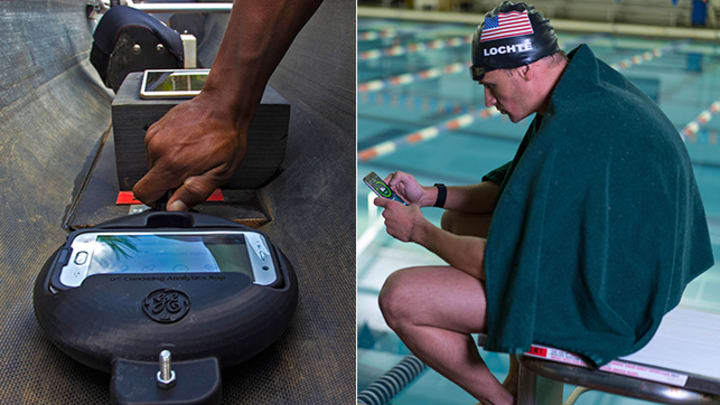

The Olympics are right around the corner, and athletes and coaches alike are looking for ways to bring Olympic gold home to their country.
With the sports world in constant flux — and as sports science becomes just as important as pure athleticism — there are a few inventions changing the ways athletes are training and living their lives.
From personal health bracelets to drones to trackers that monitor movement, here is some of the tech changing how athletes prepare for Rio 2016.
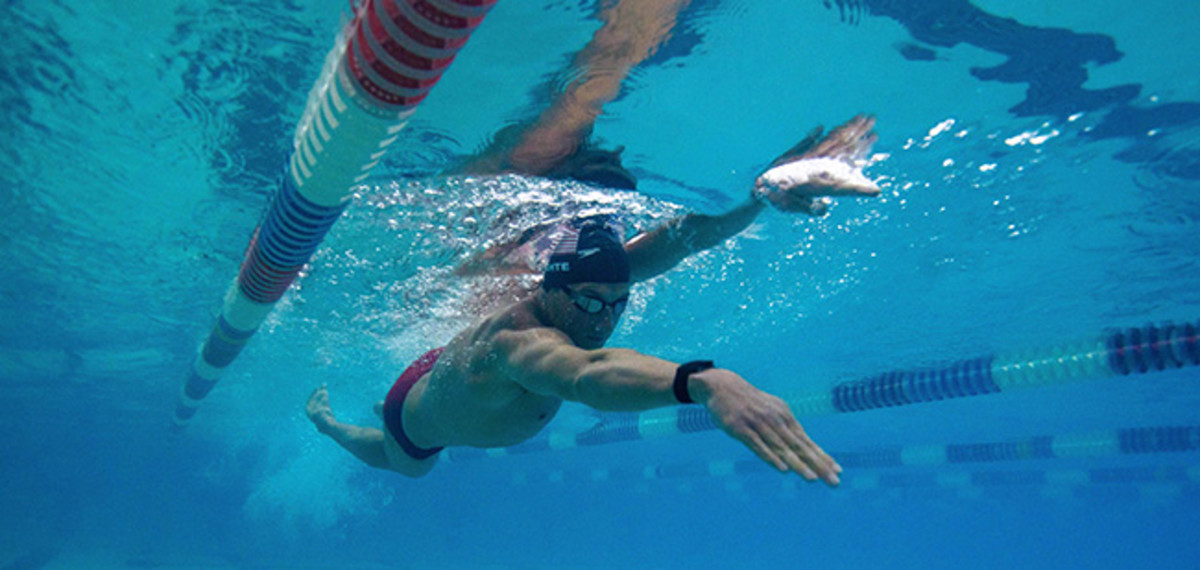
WHOOP, There It Is
Analytic wearable technology is everywhere these days, from soccer players in the Copa America and the Euros wearing what look like high-tech sports bras, to the various versions of FitBits everyone seems to be obsessed with.
You can now add WHOOP to that list. Apart from sounding like the noise someone makes when a rollercoaster takes a particularly fast turn, WHOOP is on the verge of changing the way athletes think of personal fitness.
The wearable fits snugly on athletes’ wrists and tracks more than just heart rate and steps taken in a day. It also tells the athlete how travel is affecting them, how close they are to a potential injury, and how much training is too much.
“Those are all problems that I felt as an athlete I did not have the answers to and that other companies aren’t solving,” says Will Ahmed, the CEO of WHOOP. “From the ground up, (WHOOP) was solving problems that no else was solving. So WHOOP jumped into that space to solve those problems and today we’ve done it for some of the best athletes in the world.”
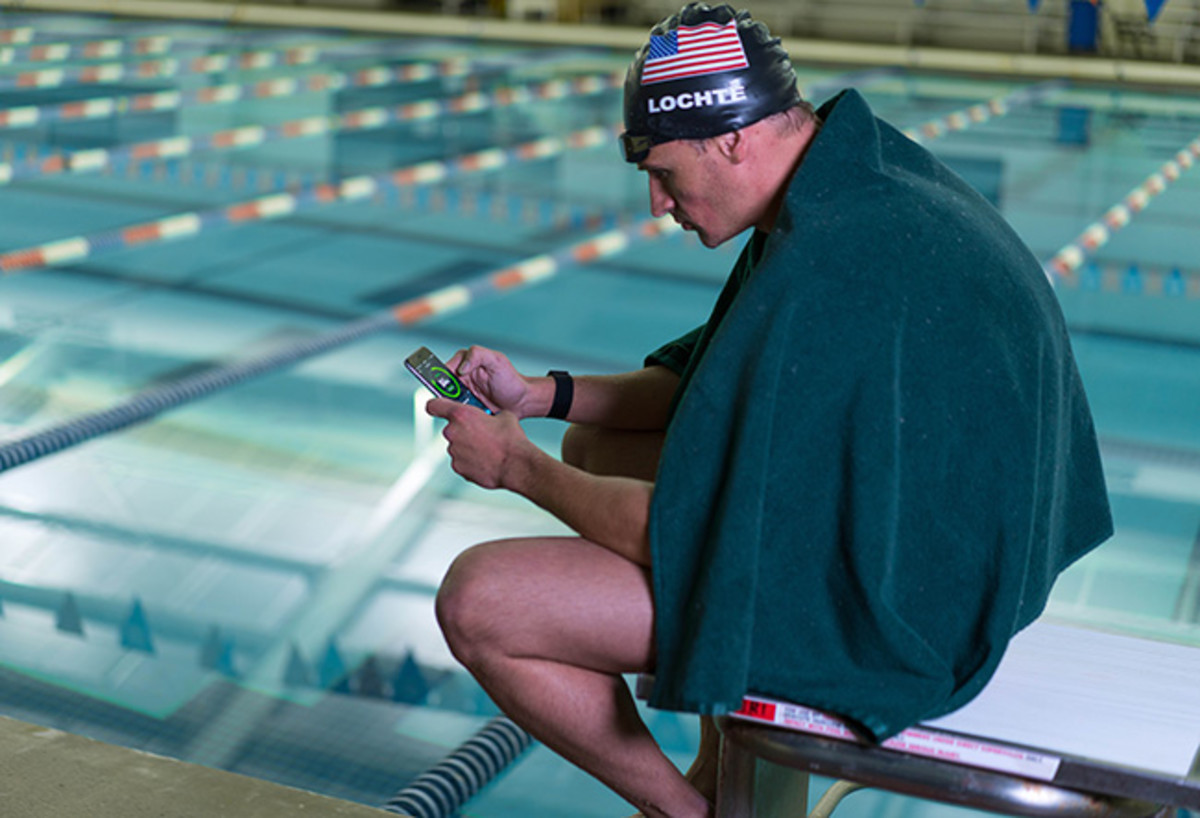
Some of those athletes include LeBron James, Michael Phelps, and Ryan Loctte, among many other stars across all major sports, and 20 athletes will wear WHOOP during the 2016 Summer Olympics.
This technology is spreading fast, and may be available to the general public in the future for recreational use.
The goal for Ahmed, who played squash at Harvard, was to develop a product that could influence significant changes in behavior that athletes don’t typically consider. That includes adding more sleep per night, preventing overtraining, or showing an athlete how life affects their body on and off the court.
“There’s such a heavy focus on exercise, how do you think about the other 20 hours of the day?” Ahmed says.
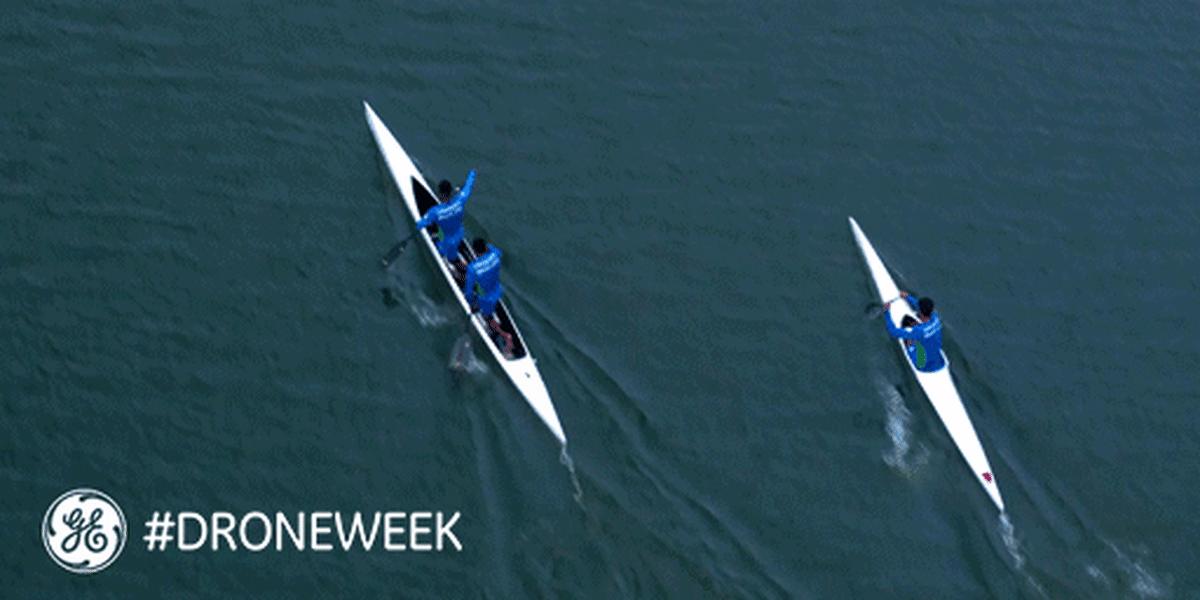
Paddling Through Pressure
Monitoring athletes isn’t a new idea. But the technology behind monitoring is what will likely change the way sports are going.
Coaches may not be able to monitor athletes all the time. But Marcelo BloisRibeiro, a professor and researcher in software engineering and smart systems for General Electric, is trying to make it easier to know how off-the-field issues affect athletes.
Ribeiro and his group of scientists have developed an app for the Brazilian canoeing team that could help the team earn its first ever medal in the competition during the 2016 Olympics in Rio this summer.
The app connects with sensors in the boat to measure the athletes’ strokes and progress throughout the course. And it’s good for measuring more than physical attributes. It can also reveal emotional complications that might impact athletes’ performance.
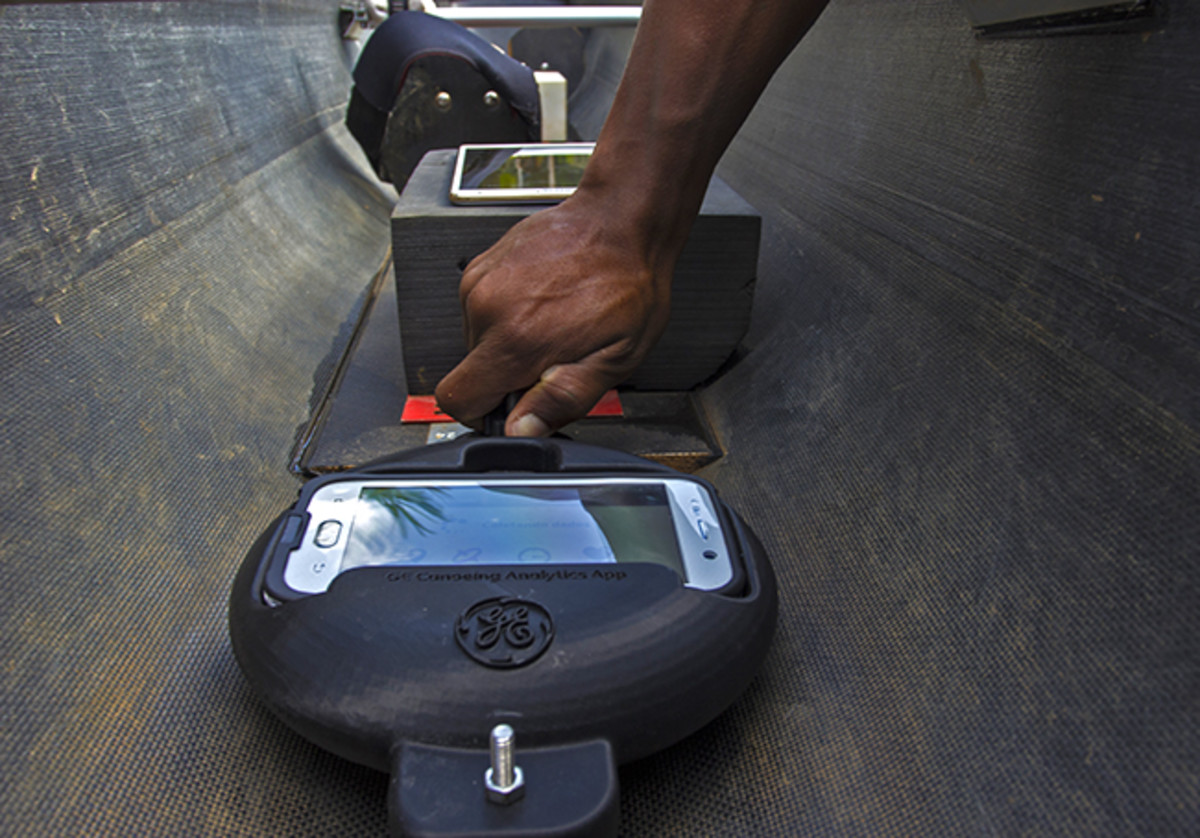
“There was an athlete who had a problem with his girlfriend, and we could see immediately that he was losing. His mind was somewhere else and he was losing clear focus during the training,” Ribeiro says. “(The coaches) could spot that and we could spot that, as well.”
A few rowers were averse to the technology at first. But Ribeiro says they eventually came around and now are convinced of its merits.
“It took a little bit, but after that [the athletes] were really supportive of it. And they helped improve the system,” Ribeiro says. “When they saw that this could improve them and it could compare to their own programs, they decided to get in. “

Sky’s the Limit
Another form of technology that is quickly growing in prominence is the use of drones in every day life.
Not all drones are air-born racing robots or the package-delivering buzzards that might soon crisscross city skies. Some are being used in creative and interesting ways.
One example is how the robo-copters were deployed for GE’s “Drone Week,” which took place June 13-17. The program used drones to tell interesting stories about Rio from incredible points of view.
“GE uses drone technology for industrial purposes to mitigate dull, dirty, and dangerous jobs a human would normally have to do,” says Sam Olstein, Global Director of Innovation at GE, said in an email interview. “Drones also give us a unique vantage point to show the impact of GE technology on the Rio 2016 Olympic Games. Viewers from all over the world can tune into GE Facebook Live broadcasts … for live stories of everything from energy, healthcare and lightning behind the Olympic venues in Rio. “
Drone Week might have happened last month, but each day’s broadcast can be found online. They’re worth a look for the stunning views of Rio and for insight on what the city is doing in preparation for this year’s Olympics.
WHOOP and GE are on the forefront of technology that will make sports more accessible and more advanced than ever before. Whatever their overall impact on sports, it will surely be interesting to see their impact in Rio.
